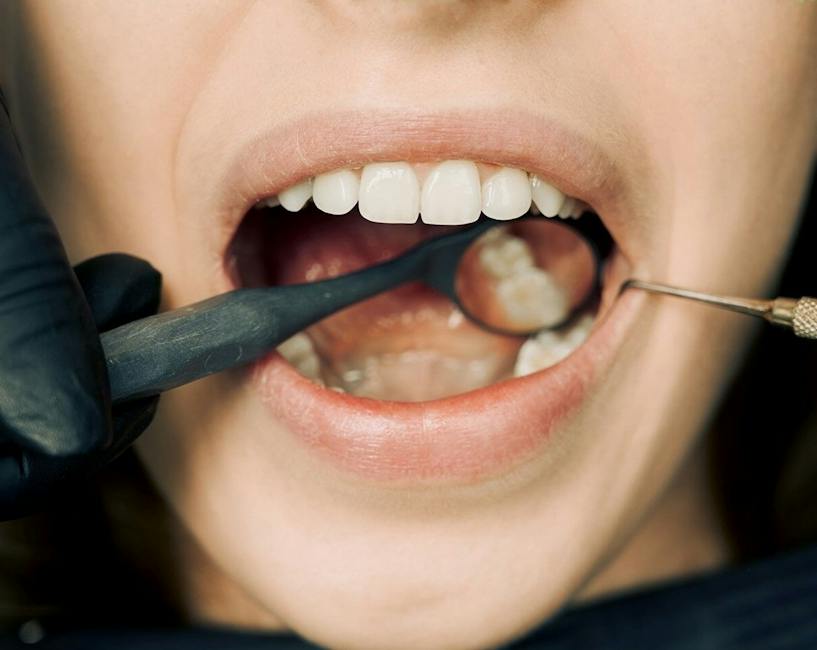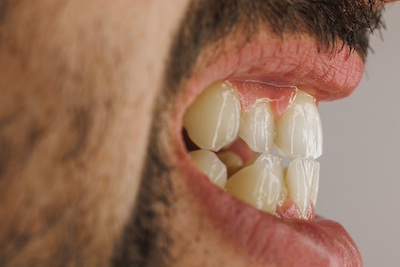Tooth loss is a significant health concern that impacts individuals both functionally and aesthetically, with far-reaching implications for one’s overall well-being. While it’s often considered a normal part of aging, the reality is that the loss of teeth is frequently the result of specific and preventable conditions.
Understanding the primary causes of tooth loss is critical in developing strategies to maintain oral health and prevent the long-term consequences of losing one’s teeth. From the pervasive threat of periodontal disease to the destructive nature of dental caries.
From the sudden shock of trauma and injury to the insidious effects of lifestyle and systemic health issues, the factors contributing to tooth loss are as complex as they are preventable.
As we delve into the intricacies of these dental adversaries, it’s essential to remember that knowledge is the first step towards prevention and maintaining a healthy smile for life.
Periodontal Disease
Periodontal disease, a chronic inflammatory condition of the supporting structures of teeth, represents a significant risk factor for dental destabilization and eventual tooth loss. The pathogenesis of this malady is multifactorial, involving interplay between host immune responses and a consortium of pathogenic bacteria that colonize the subgingival space.
The bacteria adhere to the dental surface and form a biofilm, which is not only resistant to the body’s immune defense systems but also initiates the destructive inflammatory cascade characteristic of periodontal disease.
Disease Progression
As the disease progresses, persistent inflammation undermines the integrity of the periodontium, which comprises the gingiva, periodontal ligament, cementum, and alveolar bone.
The inflammatory mediators released by immune cells, such as cytokines and proteolytic enzymes, induce the resorption of the alveolar bone and the degradation of connective tissue proteins. Moreover, these mediators exacerbate the detachment of the gingiva from the tooth, creating periodontal pockets that foster further microbial colonization and infection.
The cumulative effect of these events is the loosening of teeth, which, if unchecked, culminates in the unfortunate consequence of tooth loss, depriving the individual of dental function and impacting overall oral and systemic health.
Preventing Periodontal Disease
Prevention and early intervention are crucial to mitigate the sequelae of periodontal disease. Routine dental examinations enable the early detection and management of periodontal pathology. Effective home oral hygiene practices are similarly imperative, diminishing the microbial load and curbing the advance of this insidious disease.
Through concerted efforts at both the individual and healthcare provider levels, the tide of periodontal disease and its resultant tooth loss can be significantly reduced, fostering a future of healthier smiles and improved quality of life.

Dental Caries (Tooth Decay)
Dental caries, commonly known as tooth decay, is a ubiquitous dental affliction that significantly endangers tooth longevity. The condition arises when acid-producing bacteria erode the dental hard tissues, initiating a demineralization process that undermines the structural integrity of the teeth.
Over time, continued demineralization results in the formation of a cavity, thus compromising the tooth’s durability and functionality. A cavity, left untreated, can infiltrate deeper into the tooth, reaching the dentin and potentially affecting the dental pulp. This can eventually lead to an infection or abscess, further threatening the preservation of the natural tooth.
Effectively Managing Dental Cavities
Effective management of dental caries is paramount to ensure the continued health of the natural dentition. A multifactorial approach combining fluoride treatments, the application of dental sealants, dietary modifications, and the use of therapeutic mouth rinses is routinely employed to impede the progression of caries and restore tooth structure.
The occurrence of dental caries and the subsequent restorative interventions can significantly affect tooth life expectancy, as each restorative procedure carries a finite prognosis and may bring the tooth one step closer to requiring more extensive treatment or extraction.
Hence, the axiom ‘prevention is better than cure’ holds particularly true in the domain of oral health, where the avoidance of carious lesions through sustained preventive measures ultimately fosters the longevity of natural teeth.
Trauma and Injury
Physical trauma stands as a potent entity in the realm of oral health, often culminating in the untimely loss of teeth. Distinct from the slow encroachment of periodontal disease, trauma to the dentition occurs abruptly, its genesis is found in events of impact such as falls, vehicular accidents, or contact sports injuries.
Such forceful encounters can result in immediate tooth avulsion—where a tooth is dislodged completely—or fracture, which may affect only the crown or extend deeper to compromise the root and supportive jawbone structures.
The ramifications of trauma are not confined to immediate loss. Subtle or minor traumatic incidents, over time, can precipitate a progressive weakening of the dental support system.
Even in the absence of overt periodontal disease, repeated trauma like bruxism, the habit of teeth grinding during sleep, or stressful occasions, can lead to microcracks in the enamel. These fissures may widen, yielding incremental instability of the affected teeth.
Concurrently, trauma may provoke a reaction from the dental pulp, causing inflammation or necrosis that furthers the risk of tooth loss if not treated promptly.
The interplay between external forces and oral health implores a vigilant preventive stance. Use of mouthguards in contact sports, reduction of fall risks in the home and public spaces, and addressing habits such as bruxism with dental interventions are critical measures to mitigate the effects of physical trauma.
Though the etiological pathways differ significantly from the insidious advance of periodontal disease, the outcomes of neglecting the potential perils of trauma remain consistent—a heightened likelihood of tooth loss, and, consequentially, a deterioration of oral function and aesthetics.
Lifestyle Factors and Systemic Conditions
Lifestyle choices beyond the realm of oral hygiene can significantly influence tooth retention, as dietary habits and smoking have well-established associations with both periodontal health and the integrity of the dentition. Diets high in sugar and acidic foods can exacerbate the process of dental caries and contribute to the demineralization of enamel.
Smoking
Furthermore, smoking not only impairs systemic health but also predisposes individuals to periodontal disease by affecting blood flow to the gums, promoting inflammation, and providing an environment conducive to the proliferation of pathogenic microorganisms.
In this regard, cessation of smoking and a well-balanced diet low in fermentable carbohydrates are critical in preserving dental health.
Systemic Health Conditions
Systemic health conditions are also pertinent factors in tooth loss. Diabetes mellitus, for instance, poses a dual threat through its enhancement of inflammatory processes and compromise of wound-healing capacity. This systemic condition has been correlated with not only an increased prevalence of periodontal disease but also a heightened severity of its manifestations.
Furthermore, osteoporosis affects the density of the alveolar bone and can accelerate resorptive processes, resulting in a loss of stability for dentition. These systemic conditions underscore the imperative of comprehensive health management, where control of systemic diseases is integral to the maintenance of oral health.
Careful consideration of lifestyle choices and the overarching influence of systemic health present as principal themes in the bid to prevent tooth loss. Interprofessional collaboration between dental professionals and primary care providers is of paramount importance in addressing these multifaceted challenges.
By fostering a holistic approach to health, we enhance the capacity for individuals to retain their dentition throughout their lifespan, contributing to overall well-being and quality of life.
What Is Causing Tooth Loss?
The health of our teeth is a mirror reflecting the broader condition of our bodies and the choices we make. As we forge ahead in an ever-evolving landscape of health awareness and medical advancements, protecting our dental health remains a cornerstone of overall wellness.
It is our collective responsibility to embrace good oral hygiene practices, make informed lifestyle choices, and seek regular professional care to guard against the silent progression of dental diseases.
By staying vigilant against the threats of periodontal disease, caries, injury, and the numerous factors that compromise our oral health, we hold the power to sustain our smiles and enhance our quality of life for many years to come.










